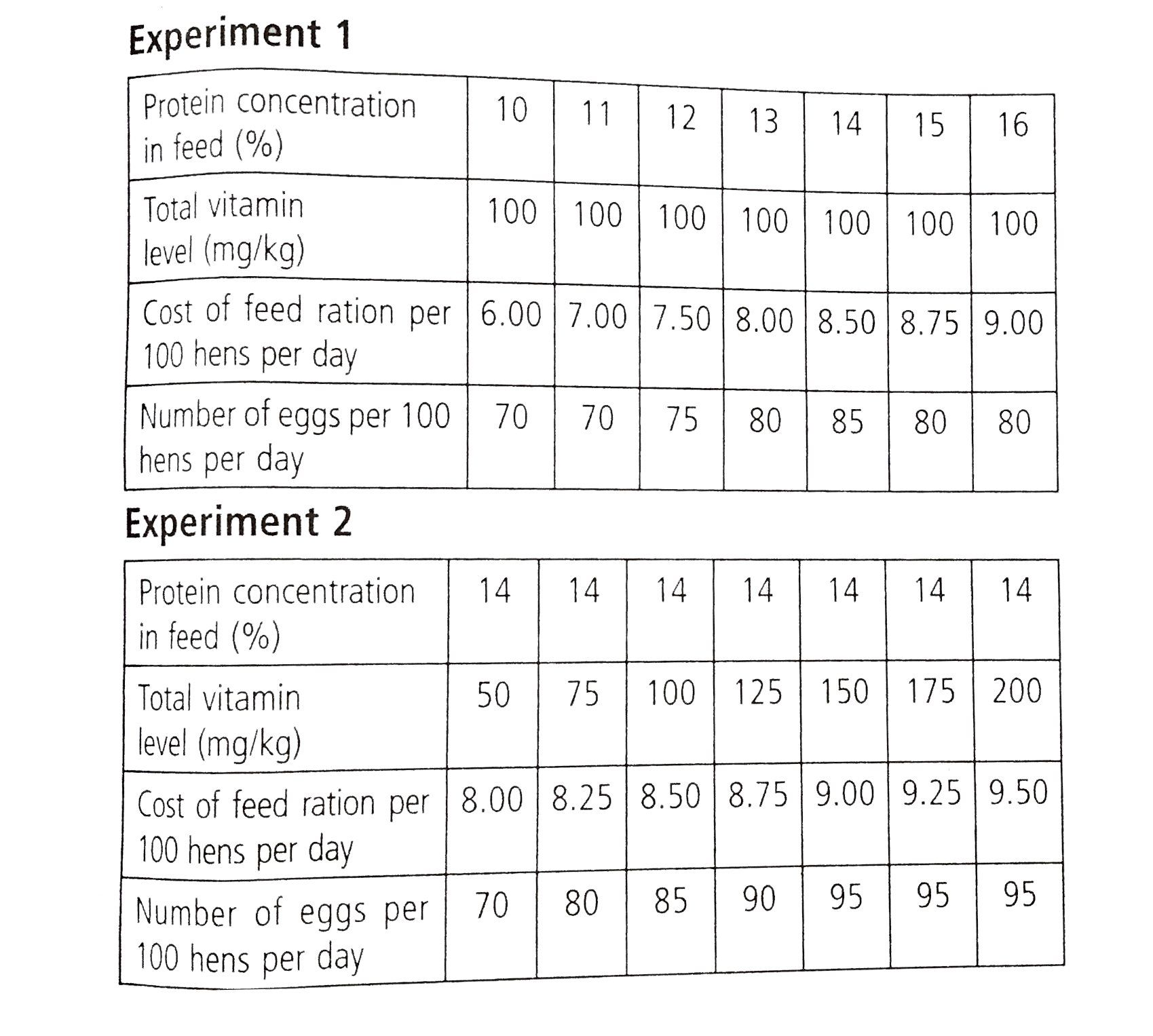Saprozoic feeding habit occurs in
Cockroach
Mosquito
Spider
Scorpion.
The correct Answer is:C
Step-by-Step Solution:
1. Understanding Saprozoic Feeding Habit:
- Saprozoic feeding refers to the consumption of decaying organic matter, specifically dead organisms. Organisms that exhibit this feeding habit derive their nutrients from decomposing materials.
2. Identifying the Organisms:
- The question provides a list of organisms from the phylum Arthropoda. These include:
- Cockroach
- Ant
- Spider
- Scorpion
3. Analyzing Each Organism's Feeding Habits:
- Cockroach: Known to feed on decaying organic matter, including dead animals and food waste. This aligns with the saprozoic feeding habit.
- Ant: While some ants can be scavengers, they do not primarily feed on dead organisms in the same way cockroaches do.
- Spider: Predatory in nature, spiders typically capture and consume live prey, not dead organisms.
- Scorpion: Similar to spiders, scorpions are also predators that hunt live prey.
4. Conclusion:
- Based on the analysis, the organism that exhibits a saprozoic feeding habit is the cockroach. Therefore, the correct answer to the question is cockroach.
- Saprozoic feeding refers to the consumption of decaying organic matter, specifically dead organisms. Organisms that exhibit this feeding habit derive their nutrients from decomposing materials.
- The question provides a list of organisms from the phylum Arthropoda. These include:
- Cockroach
- Ant
- Spider
- Scorpion
- Cockroach: Known to feed on decaying organic matter, including dead animals and food waste. This aligns with the saprozoic feeding habit.
- Ant: While some ants can be scavengers, they do not primarily feed on dead organisms in the same way cockroaches do.
- Spider: Predatory in nature, spiders typically capture and consume live prey, not dead organisms.
- Scorpion: Similar to spiders, scorpions are also predators that hunt live prey.
- Based on the analysis, the organism that exhibits a saprozoic feeding habit is the cockroach. Therefore, the correct answer to the question is cockroach.
Topper's Solved these Questions
- PHYLUM - ARTHROPODABOOK - DINESH PUBLICATION ENGLISHCHAPTER - PHYLUM - ARTHROPODAEXERCISE - CYG
20 Videos
- PHYLUM - ANNELIDABOOK - DINESH PUBLICATION ENGLISHCHAPTER - PHYLUM - ANNELIDAEXERCISE - Check your grasp
10 Videos
- PLANT BREEDING AND DISEASE CONTROLBOOK - DINESH PUBLICATION ENGLISHCHAPTER - PLANT BREEDING AND DISEASE CONTROLEXERCISE - Check your Grasp
10 Videos
Similar Questions
Knowledge Check
The diversity in the type of beaks of finches adapted to different feeding habits on the Galapagos islands, as observed by Darwin provides evidence for
Aintraspecific competitionBinterspecific competitionCorigin of species by natural selectionDorigin of species by mutation.Direction : Carefully read the following information to answer Q.no.1 and Q.no.2
An egg farmer is experimetnting with different feed rations with the aim of increasing his production whilst reducing the cost of the feed per egg produced. The data from two feeding experiments is given below.

What are the independent variable in each of the two experiments?AExperiment 1Experiment 2Maximum daily egg productionMaximum daily egg productionBExperiment 1Experiment 2Protein concentration in the feedTotal vitamin level in the feedCExperiment 1Experiment 2Total vitamin level the in the feedProtein concentration in feedDExperiment 1Experiment 2Cost of feed ration per egg producedCost of feed ration per egg produced
The diversity in the type of beaks of finches adapted to different feeding habits on the galapagos islands, as observed by Darwin provides evidence for
View SolutionIn which of the pteridophytes ;origin of seed habit or its foundation was laid down but seed formation did not occur in
View Solutionmode of feeding in tunicates is
View SolutionType of feeding in Earthworm is
View SolutionEvolution of seed habit first started in
View SolutionAssertion: Earthworm is saprozoic.
Reason: Because it feeds on small insects.
View Solution
